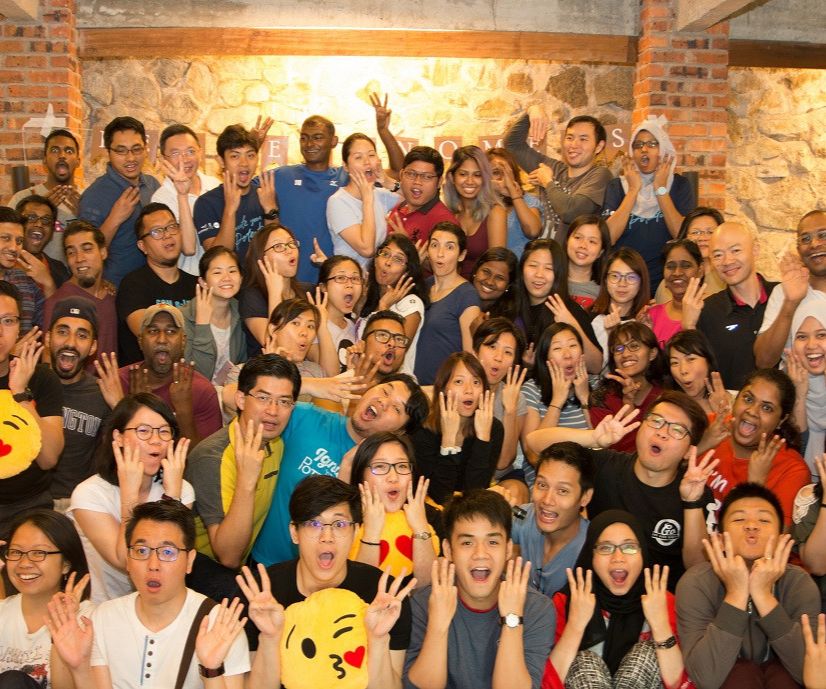Dear CIOs, It’s Your Time To Shine In This Digital Age!

Although the ultimate decision-making power and success lie with the chief executive officer (CEO), it looks like the chief information officer (CIO) is increasingly becoming the brain behind making the success happen.
The only constant in the world is change and nothing stands as a testament to this in the corporate world than the emergence and evolution of the CIO’s role. From being an overseer of technical aspects to now actively playing a role in strategising and innovating the business, the position of the CIO in the last decade has transitioned drastically.
Caused by the rapid digitalisation of businesses and the digital economy, the change now requires CIO to not just put on their tech hat but also merge it with their business-savvy hat. This means CIOs aren’t just required to know their stuff but also be discerning enough to make the best use of every technical decision in a way which is beneficial to the company both financially and administratively.
Say, for instance, a company decides to implement Salesforce.com, a customer relationship management (CRM) solution, for its sales team to better its case management functionality. This is where the CIO steps in and sees that the solution can actually be expanded to do more than its intended purpose.
The CRM’s helpdesk function can be utilised by the support team so that both sales and support are always on top of their game when it comes to customer support. A CIO here takes on the role of an internal consultant and strategic thinker on how technology can be used as an enabler of a business objective rather than just an information technology (IT) procurement rubber stamp.
How the role of CIOs has evolved
It also looks like this is the year for CIOs in Malaysia and the surrounding region to prove if they’re going to make it or break it. Although IT spending is expected to go down globally in 2016, according to Gartner, Malaysia will increase its IT spending by 7.8% to reach RM68.9bil this year.
If you find this odd considering the less than favourable financial status of our nation, Gartner’s research vice president, John-David Lovelock said business leaders know that they need to become digital businesses or face irrelevance in the digital world. Simply put, despite the tough economy, businesses are well aware of the concept of “you snooze, you lose”.
This advantage means that Malaysian CIOs are not just able to invest in emerging IT technologies and solutions that can help optimise the business process but also make their presence known within the company by leading the transformation to make the best out of a financially turbulent time.
According to KPMG’s CIO Advisory managing director, Marc Snyder, there has been a 10% hike in the number of CIOs reporting to CEOs this year than 2015. This is a good indication that CIOs are now looked at as key business partners rather than someone who is consulted when there’s a need for a new tech upgrade.
As part of taking charge of their company’s digital transformation, more CIOs are moving away from on-premise equipment and systems to migrating to the cloud. By doing so, they’re reducing the hours and expertise needed to look after on-premise equipment or systems. And not to mention the saving of capital on integration and updating of legacy systems means more of it being channeled into new solutions which are more aligned with the business’s new direction.
Technical talent: CIOs’ biggest challenge
Excess funds can also be used to address a barrier that CIOs from all over are facing – the lack of technical talent. In fact, Gartner in its 2016 CIO Agenda Report cited talent as the biggest problem faced by CIOs. Some strategies the report suggested include collaborating with universities and colleges to create co-designed courses, hosting internship positions and crowdsourcing projects. CIOs should also look at training and encouraging their existing IT teams to hone their skills and knowledge because a good career growth promises commitment.
The spotlights are on!
With all these exciting changes and challenges the CIOs are facing, it finally feels that this is their time to shine. After all, it wasn’t too long ago when CIOs were said to be the least affluent folks in the C-suite level when it comes to the decision-making process of the business apart from chief human resource officers.
To share your digital experience with us, email us at editor@leaderonomics.com. This article was contributed by Lava Protocols, a tech-based company that is revolutionising businesses by providing consultation and implementation of cloud-based solutions. This article is first published on Leaderonomics.com. For more Thought Of The Week articles, click here.
Functional
This article is published by the editors of Leaderonomics.com with the consent of the guest author.





